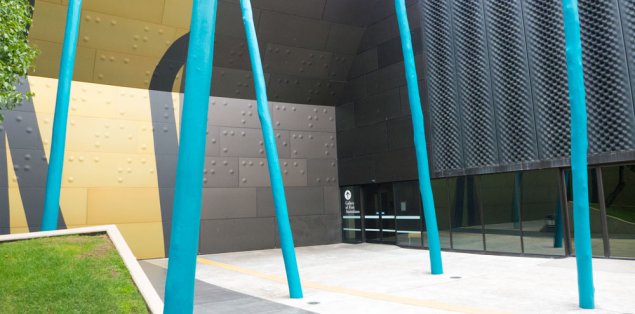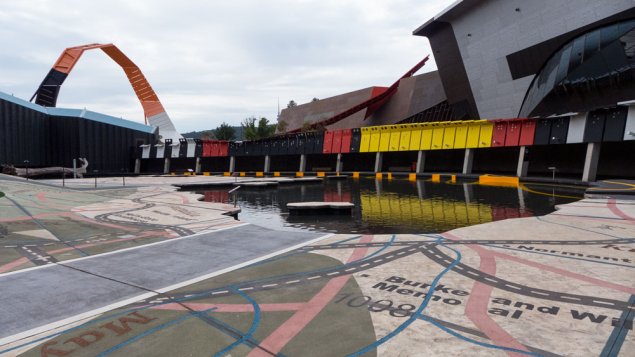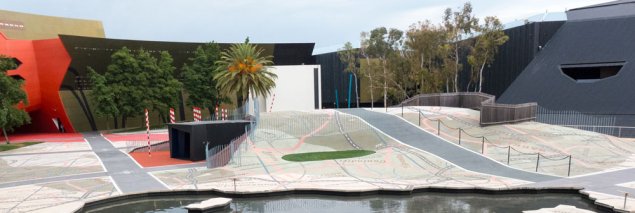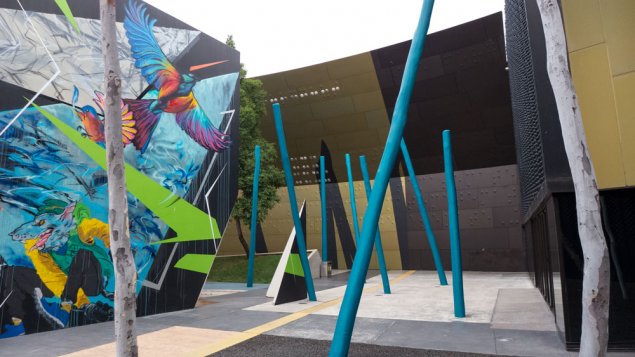
There is talk in the art world about the National Gallery of Australia’s (NGA) changes to their permanent collection galleries and how this has included the movement of the famous Jackson Pollock painting, Blue Poles, from its long historic position downstairs to the upstairs galleries.
So when we talk of Blue Poles, the connection is normally made with the NGA — but this painting has influenced some political movements elsewhere within the cultural arena.
I can remember the first time I heard about the planning for a garden to be included within the as yet to be built new Museum of Australia. It was not till much later that I worked out that this in fact was not to be a garden, but rather a large landscape artwork titled ‘The Garden of Australian Dreams’.


I have always had mixed feelings about this work – but at least it provides a talking point for those who get to walk around it.
However, there was a moment in the planning when this project was nearly censored due to the interference of the Prime Minister of the day.
Apparently, the Prime Minister’s office was alerted to the fact that within the final design there was a reference to the painting Blue Poles. As you would know, the NGA bought this painting with the very public blessing of the then Labor Prime Minister, Gough Whitlam.
So when the alert was raised with the Liberal Prime Minister’s office, the message was sent back that the design should be altered. The work was to be censored. The reason was that there was not to be any link to the former Labor mob within this commissioned artwork.


Somehow this political interference was resisted and the designers and the museum delivered the landscape design as commissioned.
So there’s another story to be told about The Garden of Australian Dreams.
The blue poles in question remain in the far corner of the landscape design work, not only as a reference to Blue Poles, but also as a subtle reference to the importance in Australia of resisting inappropriate political interference and censorship.
——————————————-
This is part of an occasional series, Canberra Tales, offering short stories, mostly true but including many urban myths, about intriguing aspects of Canberra. As with any story telling, we welcome other variations, accurate or otherwise, to these tales.